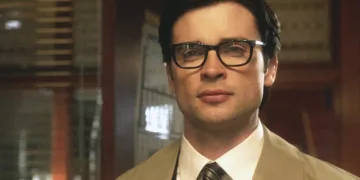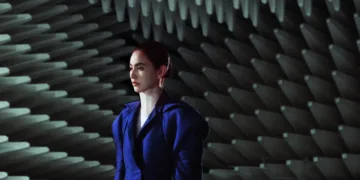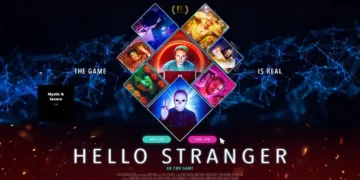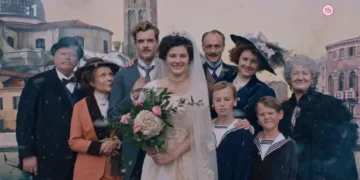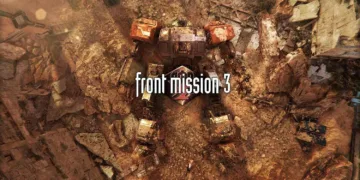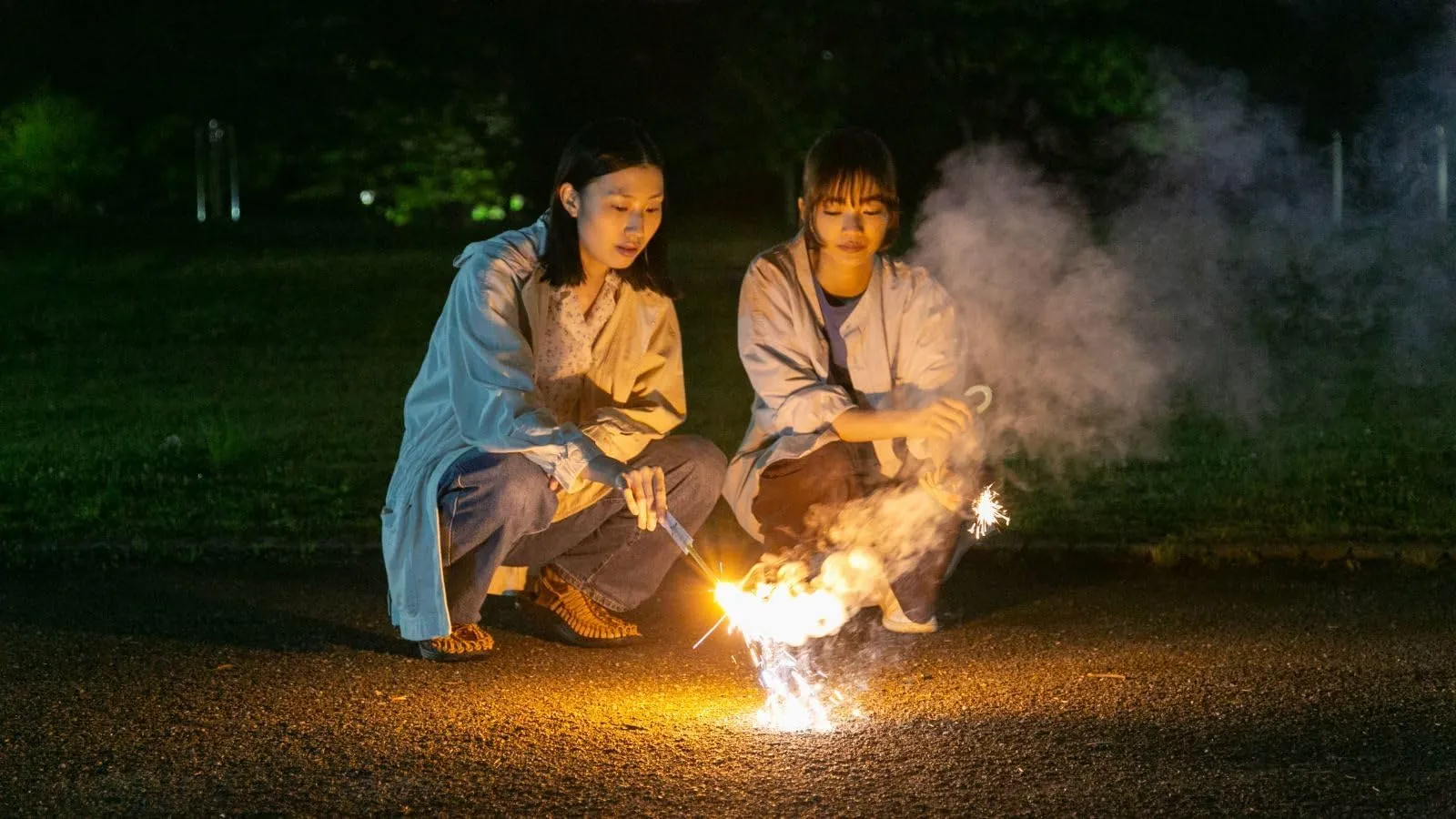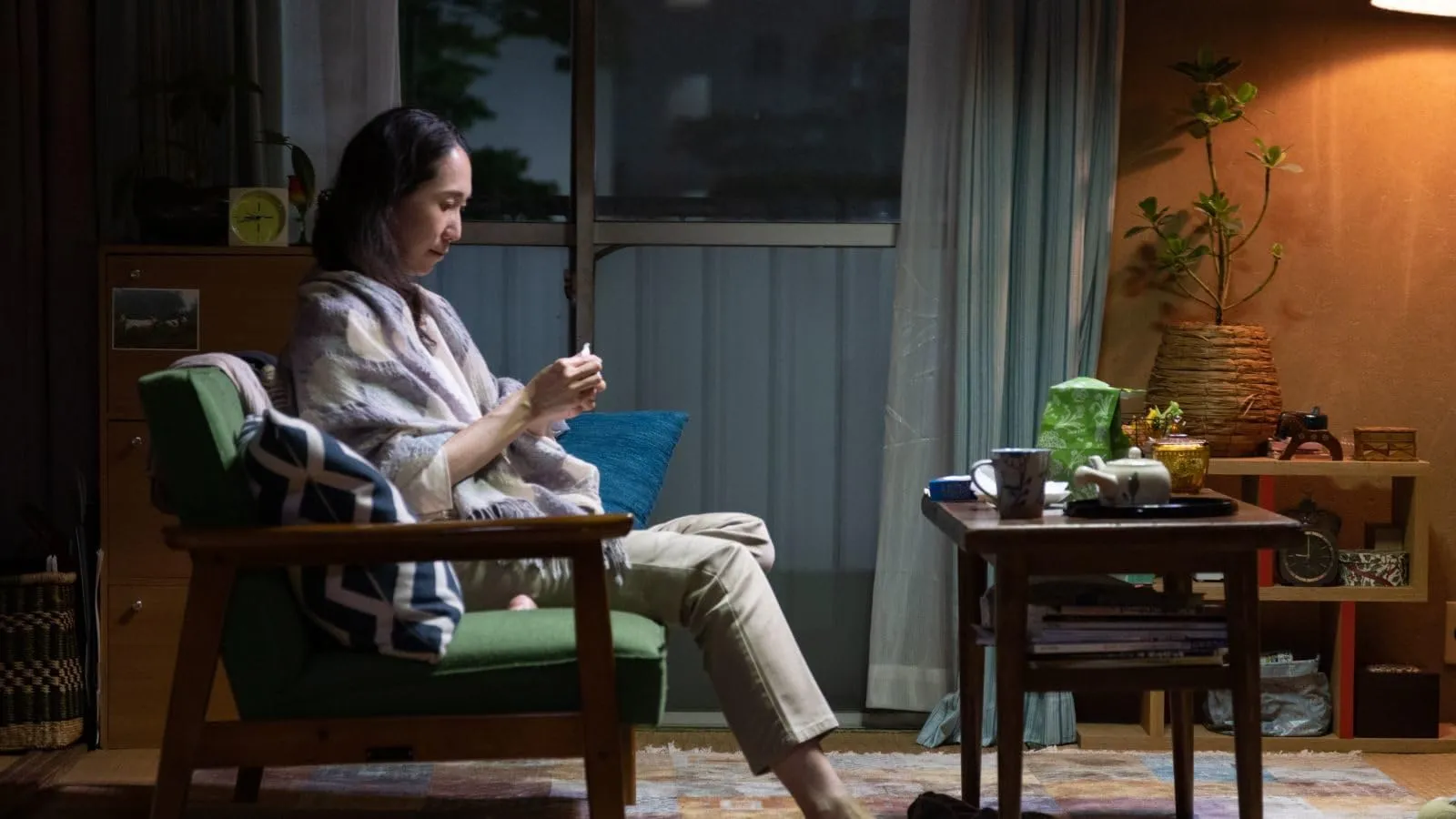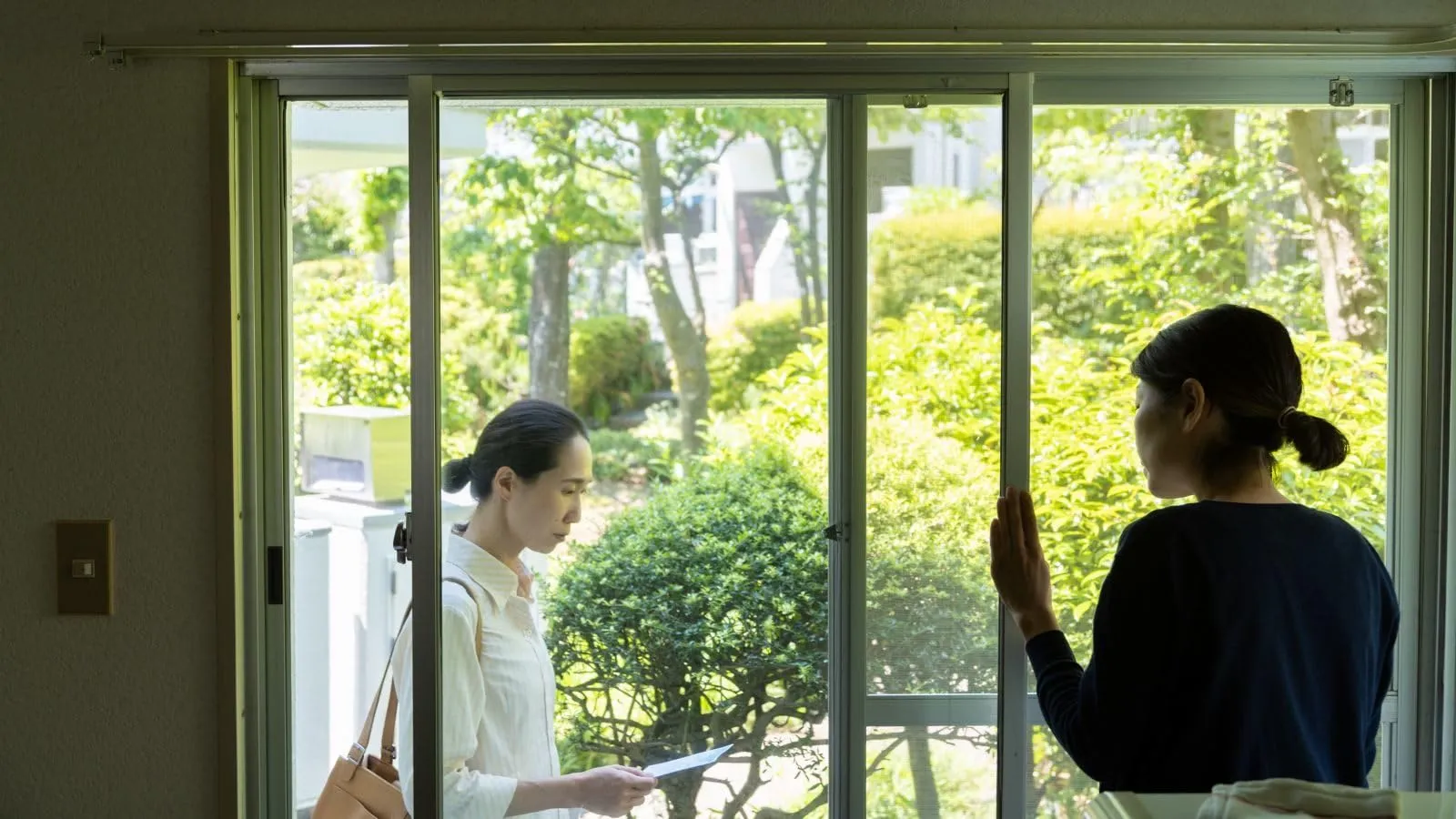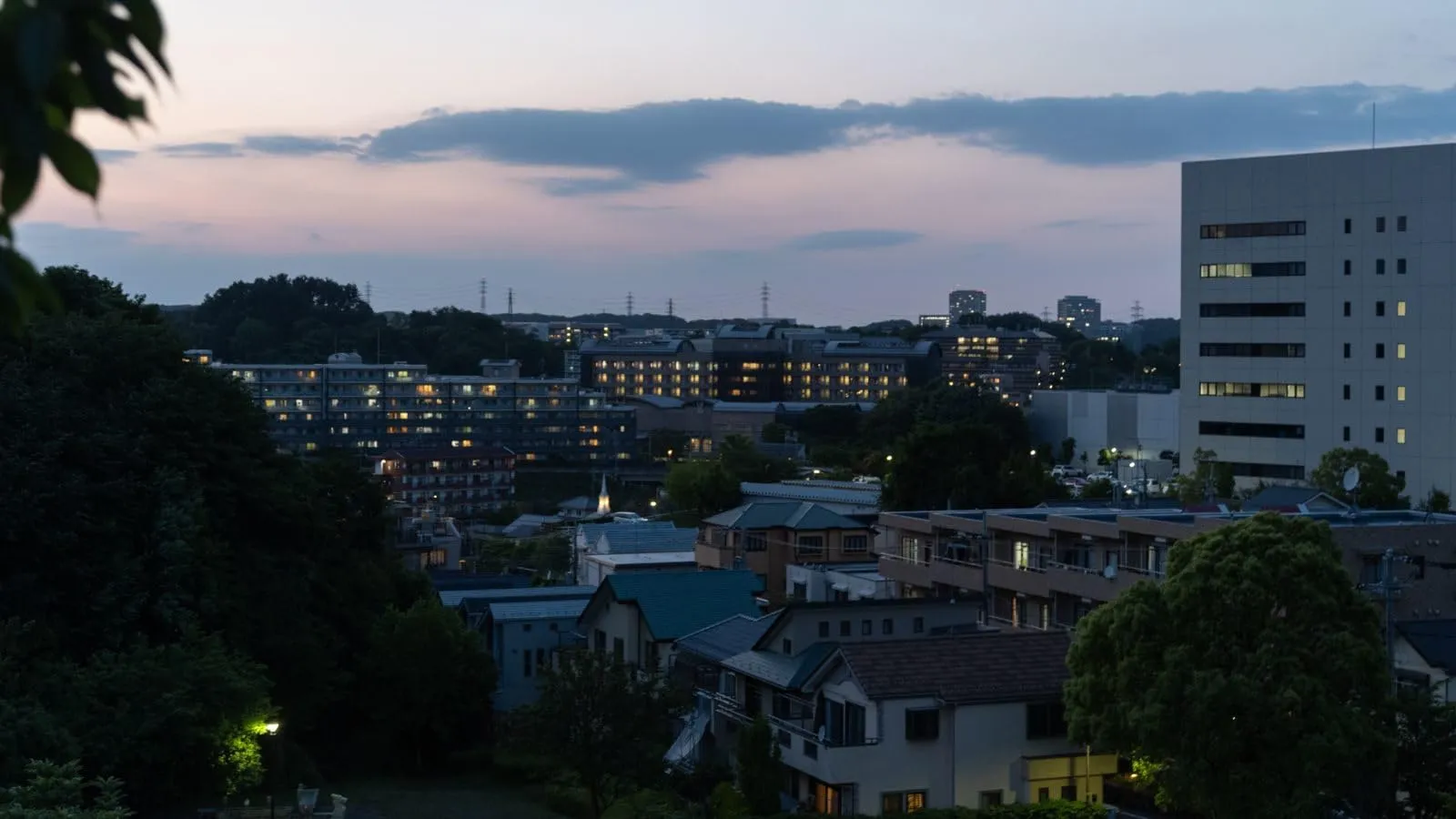Remembering Every Night emerges as a slow-burning, contemplative piece that echoes the dark undertones of existence hidden in life’s ordinary moments. The film unfolds in a measured cadence, inviting observers to witness the quiet burdens and unspoken longings residing in the space between each action. Every look and fleeting gesture seems imbued with an echo of ancient sorrow and resolute quiet.
Under the careful guidance of Yui Kiyohara, the film’s focus shifts to time itself. Her method is rooted in an almost ascetic simplicity, capturing ephemeral moments with a clarity that feels both stark and unsettling.
In this approach, everyday acts transform into meditations on mortality and the relentless passage of time, capturing the raw, unadorned nature of lived experience. Each frame lingers on imperceptible shifts in mood, urging the viewer to confront the slow erosion of hope that accompanies each silent hour.
The setting of Tama New Town—a relic of a past era defined by distinct architectural forms and a persistent intimacy with nature—provides a solemn canvas. Weathered facades and the ever-present trees form a living portrait of a world marked by quiet decay, where memory and time entwine, echoing the internal desolation and unacknowledged beauty of human experience.
Episodic Intersections
The film unfolds in isolated vignettes that capture a single day with a deliberate, unhurried cadence. Each segment appears as a frozen moment, where fleeting actions and silent gestures assume the weight of years. The narrative shuns a linear, cause-and-effect progression in favor of fragments that allow the viewer to sit with the subtle pressure of time slipping away.
Extended, uncut shots hold the screen with the quiet intensity of a whispered confession, inviting one to absorb the mood that pervades every frame. There is an almost somber precision in the way these moments are arranged—a muted rhythm that suggests the inescapable pull of mortality, echoing the hidden anguish of ordinary life.
Scattered along this quiet canvas are three figures whose paths cross in brief, unplanned encounters. Chizu leaves the sterile environs of a job center and unexpectedly stumbles upon sparks of joy that momentarily illuminate her otherwise gray routine. Sanae, engaged in her daily tasks, encounters an elderly man whose lost bearings and gentle perplexity offer a fleeting glimpse of bygone days—a meeting marked by a subtle humor that underscores life’s fragile absurdity.
Meanwhile, Natsu, burdened by sorrow, turns to spontaneous dance as an unspoken outcry against her inner void. Their lives intersect like brief, inexplicable overlaps, each meeting a chance alignment of existence that leaves behind a trace of lingering emotion.
The film’s pace imbues the viewing experience with an invitation to pause and reflect. Moments of quiet introspection are interspersed with instances of playful disruption, crafting an atmosphere that is both muted and unexpectedly evocative.
The slow march of time, captured in deliberate hesitations and prolonged glances, mirrors an internal struggle against the fleeting nature of existence. In these transient episodes, the film silently questions the meaning hidden within the monotony of everyday life, offering scenes that persist like echoes in an empty corridor without promising any neat resolution.
Ephemeral Figures in the Twilight
Within this film’s quiet corridors, lives unfold with a fragile intensity that mirrors our own hidden uncertainties. At the center is Chizu, a middle-aged soul whose recent job loss has left her treading softly through a world laden with silent expectations and quiet reproach.
Her days, marked by tentative steps, reveal moments where a sudden birthday celebration shatters the monotony—a brief, rebellious flicker of hope amid the weight of daily routine. In one memorable instance, her awkward ascent of a tree transforms an absurd act into a poignant search for meaning, hinting at a shift from resigned habit to a subtle reclaiming of self.
Equally compelling is Sanae, a woman of quiet resolve whose work as a gas meter reader unfolds with an unassuming grace. Her unexpected encounter with an elderly man adrift in the fog of memory is rendered with a gentle humor that softens the stark reality of aging. Through her compassionate interactions, one senses the silent burdens of caring for others—a delicate commentary on the expectations placed upon those who bridge generations with their innate kindness.
Then there is Natsu, a university student burdened by loss and the heavy expectations of youth. Her spontaneous dance, a raw and unguarded expression of inner turmoil, casts light on the unspoken grief that often goes unacknowledged. In her fluid movements, there emerges a fragile connection—a shared language with Chizu that momentarily blurs the divide between different stages of life.
Supporting figures, brief yet resonant, drift through the background as if caught in a gentle current of communal existence. Their presence, while understated, enriches the narrative texture, each encounter adding a quiet echo to a collective portrait of existence marked by impermanence and subtle defiance.
Echoes in the Frame: A Visual Meditation
The film relies on lingering takes that unfurl across wide, expansive views, capturing a suburban sprawl rendered almost spectral in its emptiness. Extended shots sweep slowly over rows of houses and solitary trees, creating a visual quietude where isolation meets an understated connection between each structure and shadow.
A deliberate slow pan from a lone dancing figure to a silent onlooker accentuates the seemingly trivial yet weighty details of life, inviting the spectator to contemplate the unseen forces that bind moments together.
The natural world is not a mere background but a recurring motif that speaks of memory and the inexorable march of time. Trees, standing as ancient witnesses, punctuate the frame with hints of forgotten eras and unvoiced recollections.
Their rustling leaves, caught in shafts of sunlight and cloaked in the subtle interplay of shadows, sketch an atmosphere that is at once tender and haunting. A gentle spring day, captured with a clarity that borders on the surreal, softens the edges of everyday reality even as it hints at the underlying decay and transience of human endeavors.
A sparse soundscape supports these visuals—a quiet orchestration of bird calls, the whisper of wind through leaves, and a soft score that drifts unobtrusively in the background. The musical strains, understated yet profound, lend a ghostly rhythm to the silence, accentuating the deliberate pauses that punctuate each scene.
This auditory minimalism mirrors the film’s visual austerity, allowing the echoes of each unspoken moment to linger in the mind, provoking thoughts on the weight of solitude and the transient nature of our perceptions.
Each frame, every measured silence, composes an enigmatic portrait of existence—a reminder that even in the quietest corners, there is a silent, persistent questioning of life’s ephemeral value.
Existence Unraveled: The Weight of Moments
The film meditates on time as an ever-flowing current, carrying ordinary actions into a realm of profound significance. A fleeting dance in a quiet park or a momentary act of kindness glimmers with a silent intensity, suggesting that the smallest gestures bear an echo of eternity.
Each passing second, observed with unhurried care, appears as a quiet hymn—an unspoken dialogue between the ephemeral and the eternal. There is a melancholic beauty in these transient details, a reminder that even the most mundane instants are imbued with the gravity of our existence.
Within this reflective framework, the portrayal of women reveals a subtle interrogation of societal expectations. Chizu, whose struggle with an unyielding job market and rigid daily routines mirrors an internal contest against confinement, experiences moments of unexpected levity. Her impromptu birthday celebration and the absurd yet moving act of scaling a tree become ephemeral acts of defiance, questioning roles that society has long imposed upon her.
Sanae and Natsu contribute quietly to this inquiry—Sanae’s gentle assistance to an elderly stranger and Natsu’s wordless expression through dance both capture the quiet despair and tentative hope of their respective stages in life.
The film’s narrative gently questions how age and expectation shape our identities, offering glimpses into a shifting landscape of human connection. Interactions among these characters, brief and resonant, present a study of contrasts between youthful aspiration and the subdued resignation of experience, all underlined by a lingering meditation on the passage of time and the bittersweet beauty of the everyday.
Whispers of Memory and Defiance
Within the film’s frame, Tama New Town emerges not as a mere backdrop but as a living, breathing entity—a neighborhood whose weathered facades and encroaching greenery evoke echoes of a past steeped in both ambition and quiet decay.
The architecture, marked by the gentle erosion of time, mirrors Japan’s own passage through eras of promise now stalled in stillness. In every open space and behind each ancient tree standing as a silent sentinel, one senses a lingering nostalgia, a visual murmur of lives once vibrant now resigned to slow decline.
At the same time, the narrative transforms everyday acts into subtle proclamations of personal freedom. A spontaneous dance under a gray sky, a soft smile exchanged in a hurried moment—these fleeting gestures stand as quiet defiance against a monotonous routine. Such scenes invite a pause, urging one to notice the delicate interplay between duty and a rebellious spark of joy.
There is a curious insistence in these moments, a silent call for the observer to recognize that even the simplest act carries the weight of our unspoken yearnings. Here, the ordinary is cast in a new light, offering a reflective mirror that challenges us to uncover the hidden allure in the rhythms of daily existence.
The Review
Remembering Every Night
This film lingers as a haunting meditation on life’s fragile impermanence, inviting a quiet reckoning with the unspoken yearnings that haunt ordinary moments. Its deliberate silences and unhurried visuals stir an unsettling awareness of our own transience, urging viewers to find meaning in fleeting acts and soft gestures. There is an eerie beauty in how each understated encounter reveals the weight of our existence—a subtle reflection on the shadows that dwell behind our daily routines.
PROS
- Atmospheric visuals that evoke deep introspection
- Meditative pacing that allows subtle details to emerge
- Poetic performances and nuanced character portrayals
- A reflective and philosophically rich narrative
CONS
- Lack of conventional narrative structure can challenge expectations
- Pacing may feel languid for some audiences

















